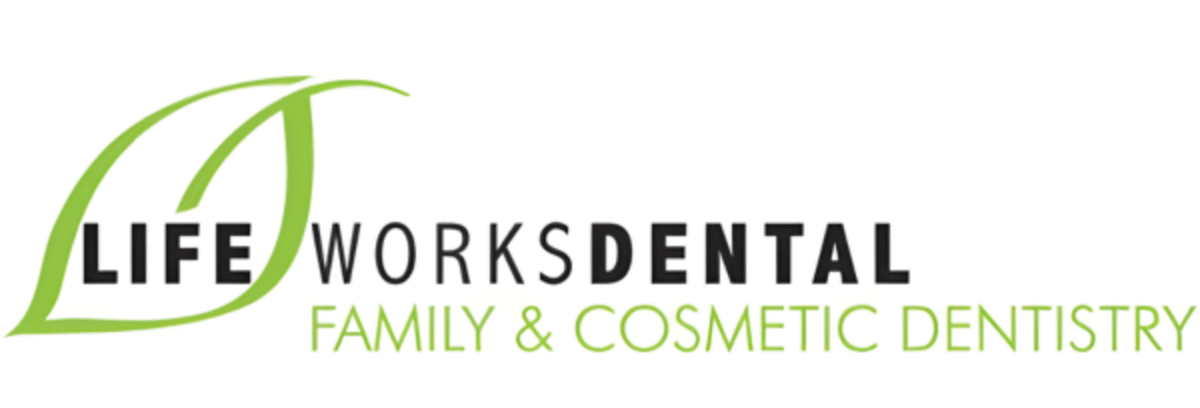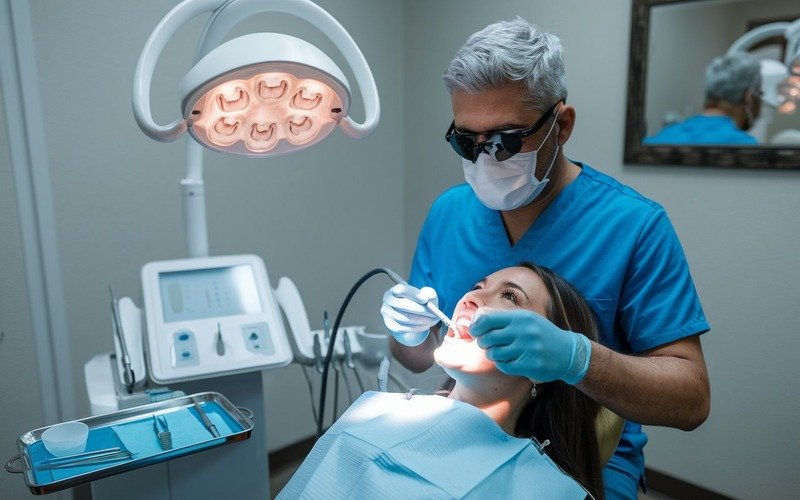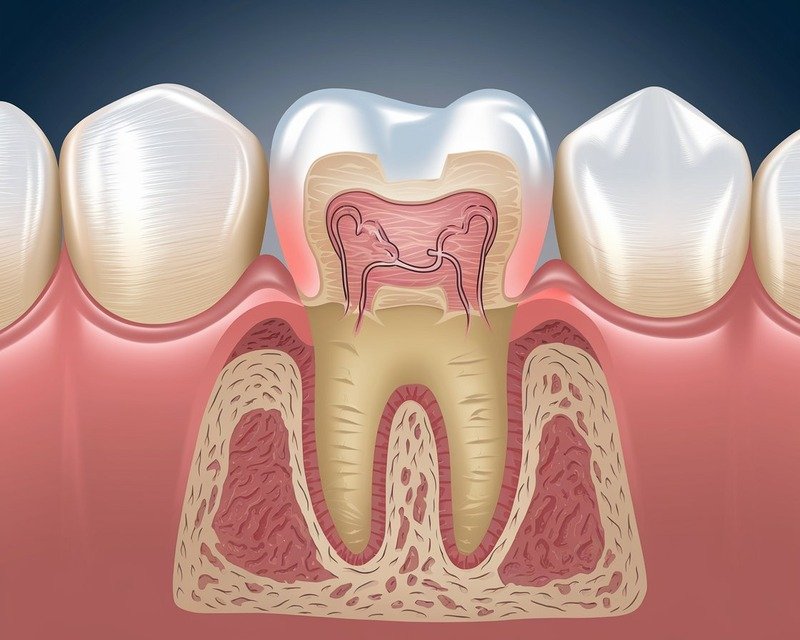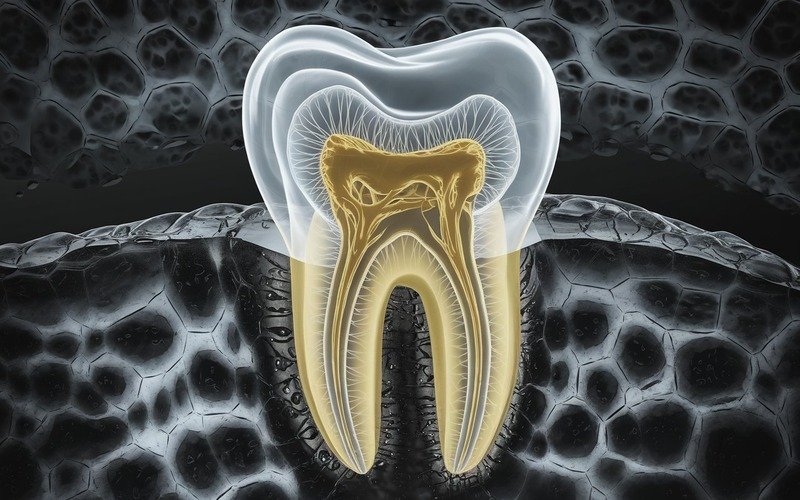
You’ve just taken the perfect selfie, flashing what you thought was a brilliant white smile. But when you look closer, something seems… off.
Those pearly whites aren’t quite as white as they used to be. Maybe it was that morning latte, the glass of red wine at dinner, or those blueberries you snacked on yesterday. The truth is, what we eat can totally transform our smile – and not always in a good way.
Don’t panic. This isn’t about never enjoying your favorite foods again. It’s about understanding how different foods and drinks can leave their mark on your teeth, and more importantly, what you can do to minimize the damage.
We’re going to break down the biggest culprits, explain why they stain, and give you some practical tips to keep your smile bright.
The Usual Suspects: Top 5 Teeth-Staining Foods
Let’s discuss a topic that rarely gets brought to the forefront-how the foods we love can stealthily change our bright, white smiles into less bright, less white, and sometimes just plain ol’ nasty smiles that would drive any self-respecting dentist at LifeWorks Dental to come out of hiding.
The behind-the-scenes operations of our favorite foods are fascinating. Even though your tooth enamel appears somewhat smooth, certain substances come together to form a structurally unsmooth surface at the microscopic level-an area that is basically full of moats for your favorite pigments to hang out in while they do their dirty work and come between you and that smile you want to keep.
Chromogens: The Staining Culprits
Intense color compounds known as chromogens are the most likely to cause staining. “These pigments have a remarkable ability to cling to tooth enamel, especially when combined with tannins,” says dentist Lacy B. D. Smith.
“So every time you enjoy that deep red wine or rich dark coffee, you’re potentially inviting some unwelcome tooth discoloration.”
Coffee, Tea, and Wine: The Beverage Stain Triangle
Here’s something that might surprise you: your beloved daily dose of caffeine might not be the friend it seems to be. Of course, you’re not going to stop drinking it. Few of us could function without our morning joe or tea. But every time you take a sip, you are also taking in something that is a leading cause of tooth yellowing: tannins.
These water-soluble polyphenols are abundant in coffee, tea, and red wine and are held largely responsible for the staining caused by these drinks.
Attention, wine enthusiasts. Red wine is essentially a perfect recipe for teeth to get stained. The combination of its intense color, acidic nature, and tannin content makes it the ideal tooth-discoloring beverage. But don’t throw away your stash of Pinot Noir just yet.
It’s not too late to preserve your perfect smile while still enjoying the elixirs you love. A few clever tricks might just keep your pearly whites in the condition you’d prefer.
Fruits and Vegetables: The Healthy Foods That Can Darken Your Smile
Some of the healthiest foods can be unexpected smile saboteurs. Berries-those antioxidant powerhouses-can be especially mischievous. Blueberries, blackberries, and pomegranates are among the hue-drenched foods most likely to leave teeth looking less than bright.
What else qualifies as a secret smile saboteur? In addition to berry juice, food items to watch out for include the following:
- sauces that are tomato-based
- balsamic vinegar
- certain dark-colored vegetables, such as beetroot
However, there’s no need to hit the panic button and skip all the foods that are good for you. The bottom line is that how and when you eat can make a big difference in your dental health. If you’re going to have a meal that includes acidic foods, try to have them at the same time as other crunchy, raw foods that can help clean your teeth and gums and balance out the acids with good-old chewing.
Quick Tricks to Protect Your Smile
What can you do to maintain the brightness of your teeth? It begins with maintaining good health for your mouth. That means brushing within 30 minutes after eating anything staining (like an Italian meal), and using toothpaste that’s actually designed for whitening might help.
Since dehydration is another potential threat to staining, you should just make it a point to have water with you, at least, during your meals.
Another professional tip is to be aware of how you consume staining foods. Eating cheese before or after acidic or pigmented foods can help create a protective layer on your teeth. It sounds strange, right? But dairy products contain casein, a protein that can help prevent stains from setting in.
Also critical are standard dental cleanings at regular intervals. These give the dentist the chance to remove any surface stains that might have accumulated since your last visit. Our strong recommendation is to be on a maintenance plan of two dental cleanings per year. You can easily schedule your next appointment at our Google Maps location.
Final Words
The goal isn’t to make you terrified of eating anything fun. It’s about understanding how food interacts with your teeth and making smart choices. A few simple tricks – like rinsing with water after eating, using a straw, or brushing shortly after consuming staining foods – can make a huge difference.
Your smile is one of your most powerful assets. It doesn’t mean giving up everything you love – just being a little smarter about how you enjoy it. Ready to keep those teeth sparkling?



